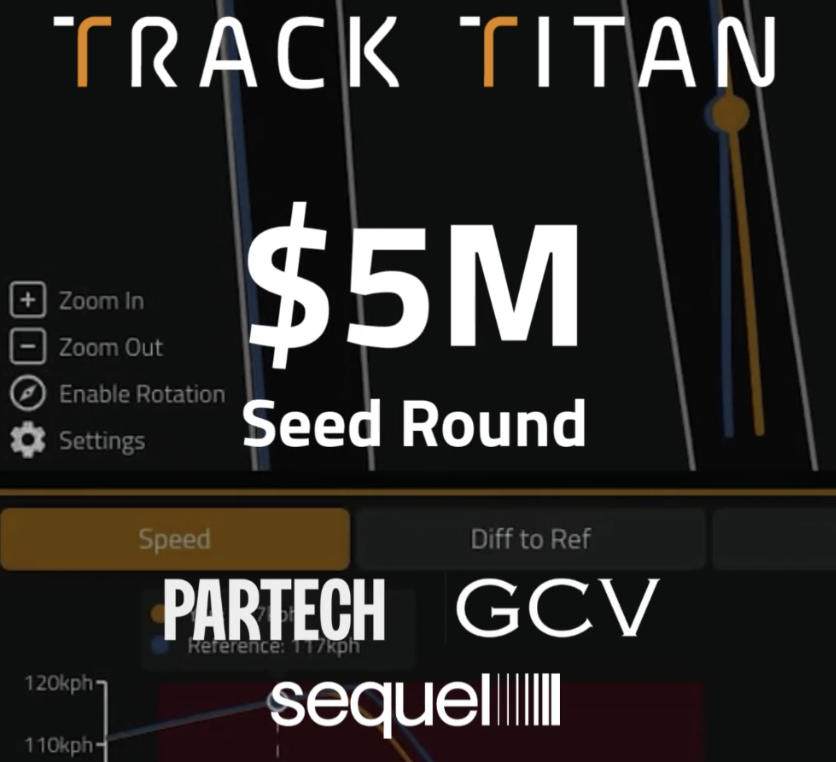Monaco Track Guide
Monaco. The mere mention of its name conjures up images of glamour, speed, and adrenaline-pumping action. As one of the most iconic circuits in Formula 1, Monaco stands as a testament to the sport's history and prestige. Its narrow streets, unforgiving barriers, and tight corners make it a unique challenge for drivers and engineers alike. In this comprehensive guide, we delve into the characteristics of the Monaco circuit, explore how different cars react to its demands, and provide valuable tips for mastering this jewel of Formula 1.
Characteristics of the Circuit:
Monaco is unlike any other track on the Formula 1 calendar. Nestled within the principality's streets, the circuit is incredibly tight, with little room for error. Its 3.337-kilometer layout features a combination of low-speed corners, including famous landmarks like the Fairmont Hairpin, Casino Square, and the Swimming Pool Complex. The track's narrow width and lack of run-off areas mean that drivers must thread the needle with pinpoint precision to navigate each corner successfully.
One of the defining features of Monaco is its elevation changes. The circuit winds its way through the hilly streets of Monte Carlo, adding an extra layer of complexity to an already challenging track. Drivers must constantly adjust their braking points and throttle application to account for the varying gradients, ensuring they maintain optimal speed throughout each sector.
Furthermore, Monaco is notorious for its lack of overtaking opportunities. With limited straight-line sections, passing is a rarity, placing a premium on qualifying performance. Securing a good grid position is crucial, as track position can often make or break a driver's race.
Car Behaviour at Monaco:
Different cars react differently to the demands of the Monaco circuit, owing to their aerodynamic characteristics, power delivery, and mechanical grip. High-downforce setups are essential for generating the necessary grip through the slow-speed corners, allowing drivers to attack the circuit with confidence.
Cars with responsive steering and good traction excel at Monaco, as they can quickly change direction and put power down effectively out of the tight corners. Mid-engine cars, known for their agility and balance, tend to perform well on the twisty streets of Monte Carlo, allowing drivers to carve through the circuit with precision.
Engine performance is less critical at Monaco compared to tracks with long straights, but a smooth power delivery is still important for maintaining momentum through the corners. Drivers must be mindful of throttle application to prevent wheelspin and maximise traction on exit.
Braking stability is paramount at Monaco, given the frequency of heavy braking zones and the need for precise modulation. Cars equipped with reliable braking systems and good pedal feel have an advantage, allowing drivers to brake late and with confidence into each corner.
Tips for Driving Monaco:
Precision is Key: Every centimeter counts at Monaco. Focus on hitting your apexes precisely and maintaining a smooth, consistent driving line throughout the lap.
Patience Pays Off: With limited overtaking opportunities, patience is essential. Wait for the right moment to make your move, and capitalise on any mistakes your competitors make.
Qualifying is Crucial: A strong qualifying performance is often the key to success at Monaco. Push hard in qualifying to secure a good grid position and give yourself the best chance for a strong race result.
Mind the Curbs: Be cautious when riding the curbs at Monaco, as they can unsettle the car and compromise your traction. Use them sparingly to avoid losing control.
Stay Focused: Concentration is paramount at Monaco, given the circuit's unforgiving nature. Minimise distractions and stay fully focused on the task at hand to maximise your performance.
In conclusion, mastering the Monaco circuit requires a combination of precision, patience, and skill. Its unique layout and challenging characteristics make it one of the most demanding tracks on the Formula 1 calendar. By understanding the circuit's nuances and implementing the tips outlined in this guide, drivers can increase their chances of success and etch their names into the annals of Monaco's rich racing history.




.png)





















